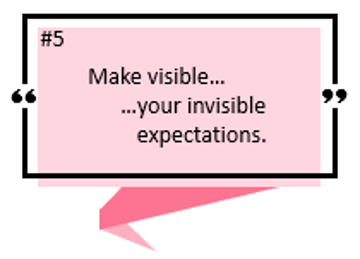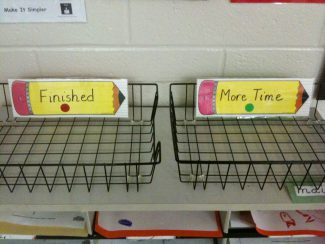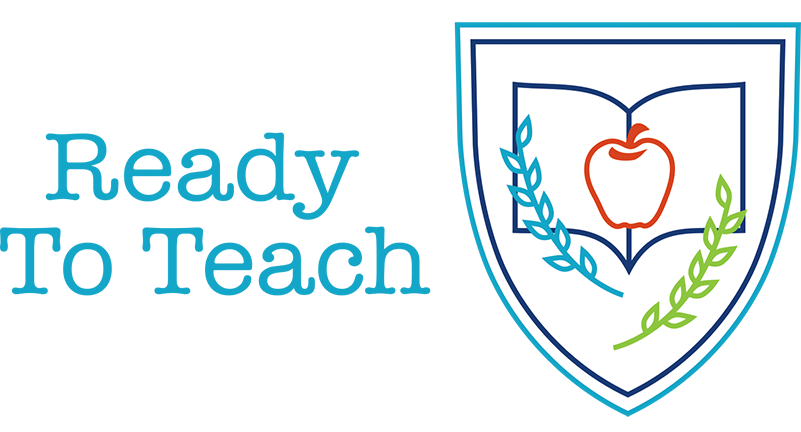24 Apr Word of Wisdom #5: Procedures – the WD40 of a Classroom
Just like WD40 can smooth the operation of door hinges and drawer rollers to make life easier, classroom procedures smooth the operation of a classroom to make teaching and learning easier.
CLASS PROCEDURES – KEY TO CLASSROOM MANAGEMENT
No doubt you have a picture in your head of how an effective classroom should run. You have an ideal image of what things students should be doing – and how and when and where. The goal is to get that same image in your students’ heads. And believe me, none of them have yet passed Mind Reading 101. These ideas are realized through your teaching of class procedures.
I blush to admit that the following story is true.

True Story – But Not That Year…Yet
It was the second day of class. Students were to turn in two papers signed by their parents/guardians. “Pass your papers in,” I intoned at the beginning of the class. I then watched in horror as papers came rustling forward in a variety of ways. Some students handed them to the person in front of them and some to the person in front of them. Others got up from desks and walked across the room to place papers in my hand or in the basket labeled “IN” on my desk. A few just sat and looked at me.
Shocked and aghast, I loudly demanded, “What do you think you are doing?” Students froze and faced me as I continued the diatribe. “I have been teaching you for years how to pass in papers!” And as I stared at them and they stared back at me, it suddenly dawned that I had not yet taught the class procedure for passing papers to this class. (And true to form, not one of them had passed Mind Reading 101.)
IDENTIFYING CLASS PROCEDURES
So how do you make visible to students those expectations you have for how they are to do the many needed class procedures? The first step is to make them visible to yourself. Take – or make – the time to brainstorm all of the areas where there is a specific way, time, and place that you want students to do things. Your class procedures can include things like the following:
- Heading papers
- Passing in/out papers
- Getting a turn
- Assisting another student
- Going to/returning from restroom
- Leaving for/returning from lunch
- Using/storing cell phones
- Using computers
- Distributing materials/equipment
- Sharpening pencils
- Putting away materials/equipment
- Transitioning to a new activity
- Rearranging desks to support different types of instruction
Although written with an elementary focus, ideas some here are useful ideas for secondary as well.

Classroom procedures let students know what to do when the bell rings, when it’s time to turn in papers, or when they need to sharpen a pencil. Classroom procedures keep your class room running smoothly and effectively!
TEACHING CLASS PROCEDURES
The next step is to make class procedures visible to your students. Consider that TELLING IS NOT TEACHING. (Imagine I told you how to drive a car. Doesn’t quite get it, does it?) Look back at the two-column list of possible procedures at the end of the last blog. Make sure students understand the steps involved in each of these. Consider which of your students might benefit from…
- …having students make a flow chart for each step in a process (note that there are multiple studies indicating graphic organizers are especially helpful for students with learning disabilities – e.g., Dexter & Hughes, 2011; see https://www.studenthandouts.com/graphic-organizers/cycles/four-box-flow-chart-organizer-worksheet.html and https://www.teachervision.com/graphic-organizer/flowchart for possible examples)
- …displaying a list of steps in a set of directions
- …having students tell you in their own words what and when and how they are to do something
- …your demonstrating how to follow the steps involved
- …having students demonstrate how to follow the steps involved
Finally, consider the use of cues to let students know that now is the time to do X. Cues can be auditory or visual. For example, sound a timer to indicate two more minutes finish up and get ready to transition. Stand a large red cardboard hand in the whiteboard rail to indicate now is the time to raise hands to ask for a turn.
Of course, another way to get at this idea of making visible your invisible expectations is the old adage ASSUME NOTHING. (You know that thing about the word assume, don’t you?)
Until next week – may you experience success in all your academic endeavors!
Alene
Dexter, D.D. & Hughes, C.A. (2011). Graphic organizers and students with learning disabilities: A meta-analysis. Learning Disabilities Quarterly. 34 (1) pp. 51-72.


